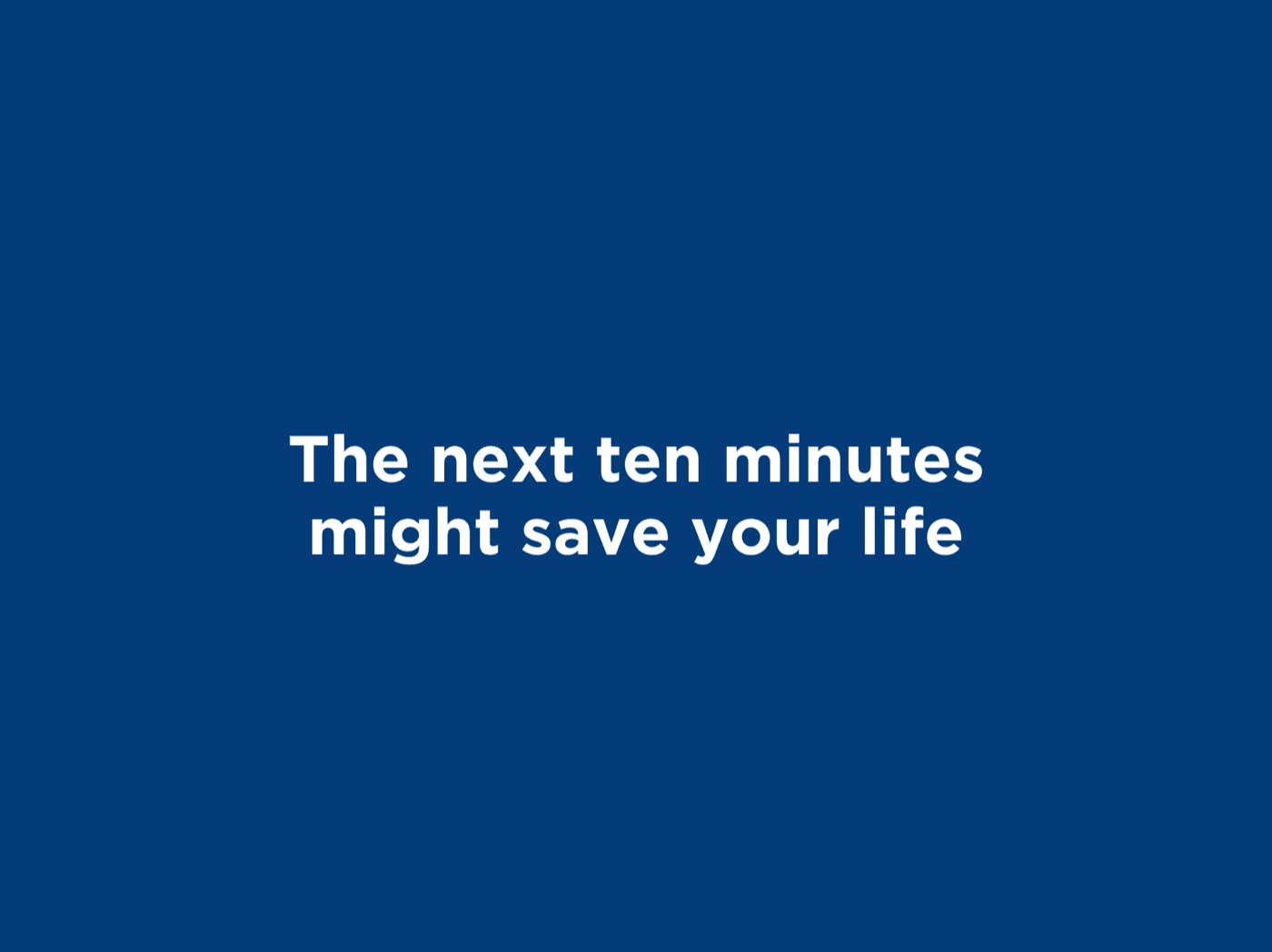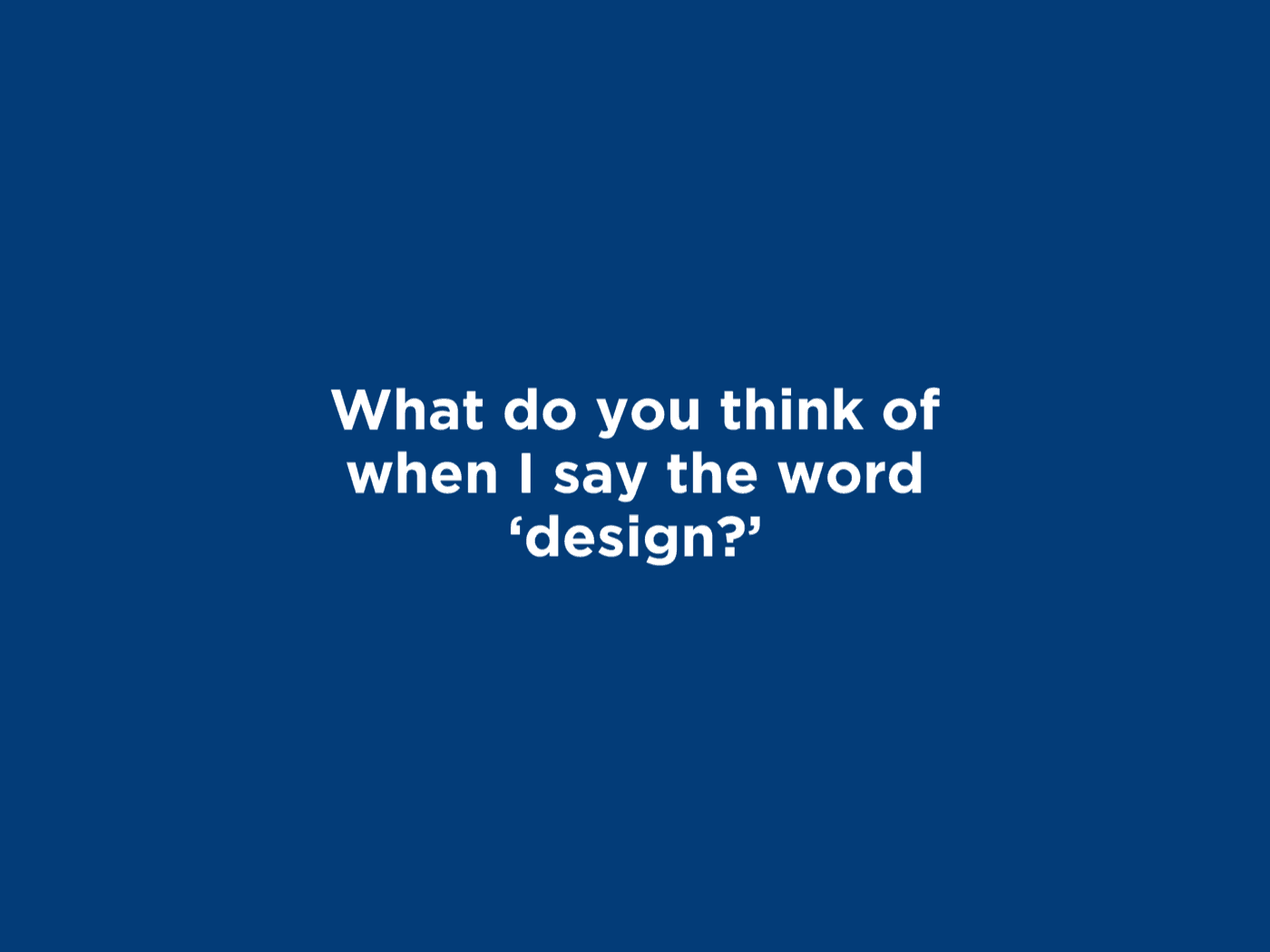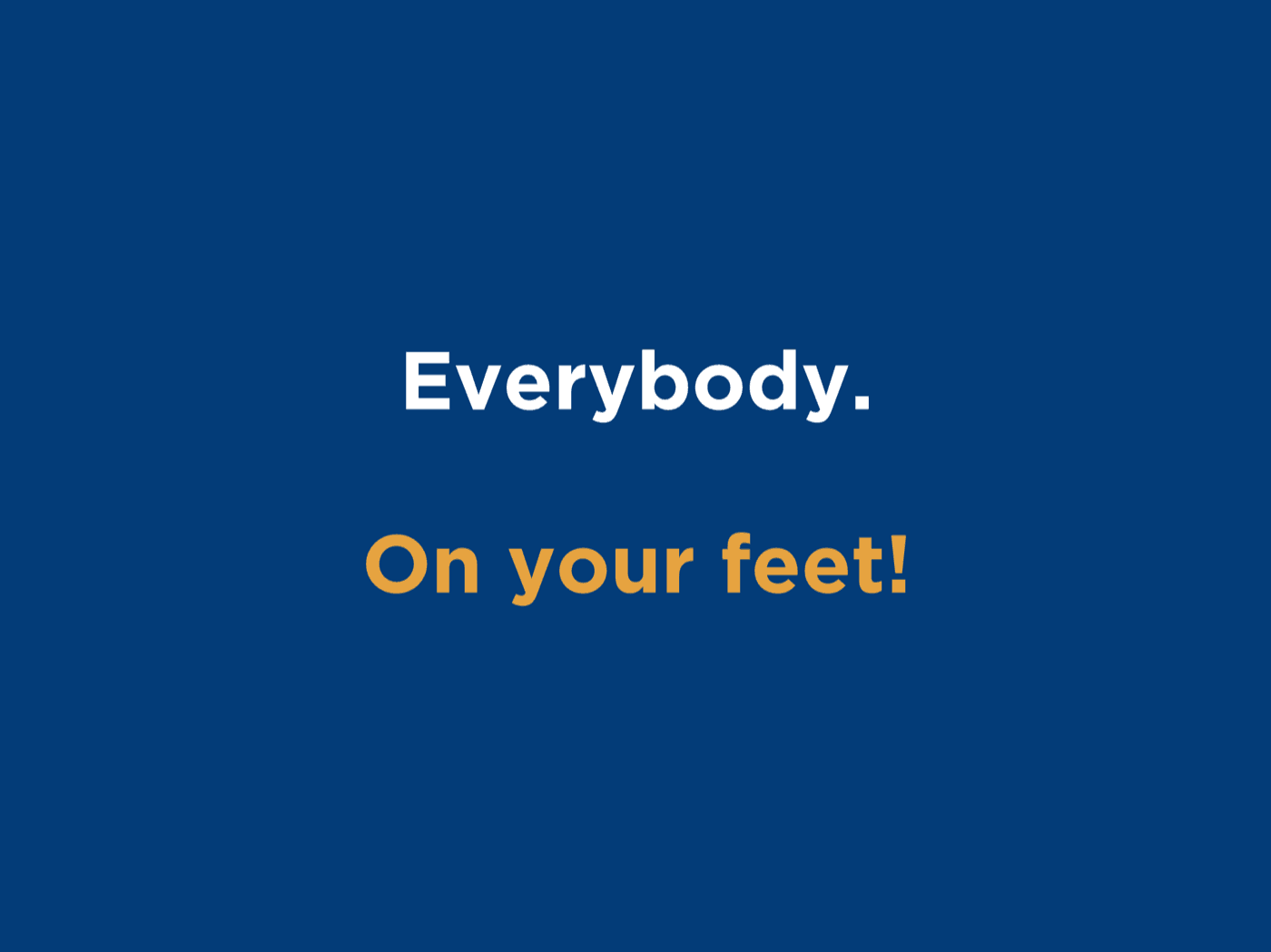How to Start and End a Presentation: 10 Unique Ideas
A good presentation leaves you wanting more. It engages your thirst for information. These presentations are a mix of killer content, striking visuals, a charismatic speaker and—crucially—a memorable start and end.
And with the right tools, almost anyone can give a great presentation. When every minute matters, how you start and end your presentation can have a huge impact on what people take away from the time you’re talking to them (and whether it makes a lasting impression!)
Today, we’re breaking from traditional visual design techniques to think about how to craft a dynamic presentation, with a memorable beginning and ending.
How to Start a Presentation: Capture Their Attention
Every good presentation starts with something that grabs audience attention. While it can be a cool visual, such as an opening slide, it could be in the form of what is being said (TED Talks rely on this format for success).
Here are five ways to open with a spark.
1. Start with a Strong Statement
Say something bold. Make a claim that isn’t all that common or comes with an element of controversy. Then back it up.
Starting with a strong statement will get the audience interested in what comes next. How will you create a case for this introduction?

Simone Giertz makes the case for why you should make useless things in her 2018 TED Talk. She shows this – and makes a strong statement – by wearing a shirt she made that’s all googly eyes. And she did it because she can.
2. Play a Short Video
A good piece of video can jump-start a presentation. It can communicate a message or feeling in a way that you might not be able to do otherwise.
Brand video or an amazing video story can both set the scene for your talk. But it has to be interesting and it needs to be short, no more than 2 minutes in most instances.
Where you are presenting is an important factor here as well. The video will only impress the audience if they can all see and hear it clearly. Check the room and A/V equipment before using video to start a presentation.

3. Ask Questions
Margaret Gould Stewart asks “What do you think of when I say the word ‘design?’ in her 2014 TED Talk about how giant websites design for you.
I’m in. I’m thinking about design. I’m trying to come up with something meaningful in my mind.
And that’s how (and why) you start a presentation with a question.
4. Tell a Joke
One of the time-tested ways to start a presentation is to tell a joke. It can put you more at ease when you laugh with the audience and settle the room ahead of deeper information.
The trick is not to be cheesy… unless you plan to be. A good joke is simple and in terms of a presentation starter, should somehow relate to the topic coming ahead.
The other version of a joke starter is in the form of a story. In his 2016 TED Talk, Joe Gebbia explains how Airbnb designs for trust. His talk starts like this: “I want to tell you the story about the time I almost got kidnapped in the trunk of a red Mazda Miata.”
You know it’s only going to get better from there, right?
5. Lead with Something Unexpected
What fact, or snippet of information in your presentation will take people off guard? Start there.
Taste of the unexpected can help drive the start of a presentation. You might start with a tidbit from the middle of the “show” or then end and then tell a story in reverse chronological order. The only thing that matters is that it’s not quite what the audience expects to happen.
It might catch them off guard and it should get them super interested in what comes next.
How to End a Presentation: Leave Them With Something Memorable
The goal of any good presenter is to leave the audience with a takeaway. What exactly that takeaway is can vary greatly based on the topic or presenter or presentation style, but something should resonate.
The end of a presentation is your last chance to make that connection and hammer that point home.
6. Call to Action
Finish with a call to action. Ask the audience to do something. Get them excited about the next steps or how they can make an impact.
Don’t leave an audience with the classic “Questions?” slide. Give them something actionable to do.
It might be a new way of thinking. It might be visiting a link or website or writing a letter.
Regardless of the action, make it clear what the audience should do next, and how to get started.

7. Powerful Quote
I’ll admit it: I am a sucker for a great quote.
I never feel quite authoritative enough to say something that one of the greats of history before me said better. So, I use their words to close presentations.
I also find that I love this type of presentation ending from others as well. Nothing can create a fair synopsis of a presentation or collection of thoughts like the perfect quote.
Read it to the crowd. Tell them who said it (and in what context, if necessary). Put the words on the screen and leave them there for the audience to see and read and think about as they gather their things at the end of your talk.

Tony Fadell finished his TED Talk,” The first secret of design is … noticing” with words from Picasso: “Every child is an artist. The problem is when he or she grows up, is how to remain an artist.”
Just let that cook for a minute.
8. Thought-Provoking Question
In the same way a call to action can compel the audience to think more about the presentation topic, a thought-provoking question can start conversations and take the topic beyond a single presentation.
A question doesn’t always spawn immediate action, but it can lead down that path.

You can also ask a question to poll the audience as a presentation wraps up to get feedback on the topic or presentation itself. An exercise such as a question and show of hands can be enough to get the room activated and engaged with the presentation finale.
9. Compelling Story
You can never go wrong by wrapping up a presentation with a compelling story. Bring your message and points home with a case study or a real-life example.
A story will mean the most if it’s something the audience can relate to. An emotionally compelling story can have the greatest impact and stick with audiences long after the presentation ends.
If there’s a story to tell as part of your presentation, refine it and use this example when appropriate.
10. Engage the Audience
Get the audience involved as the presentation is coming to a close. Ask people to talk to each other, poll the audience or even have a short dance party to ensure that your talk is memorable.
The importance of the end of the presentation is often what audience members take away from everything you’ve said and every point you’ve made. Make the biggest impression by engaging the audience and getting their full participation.
